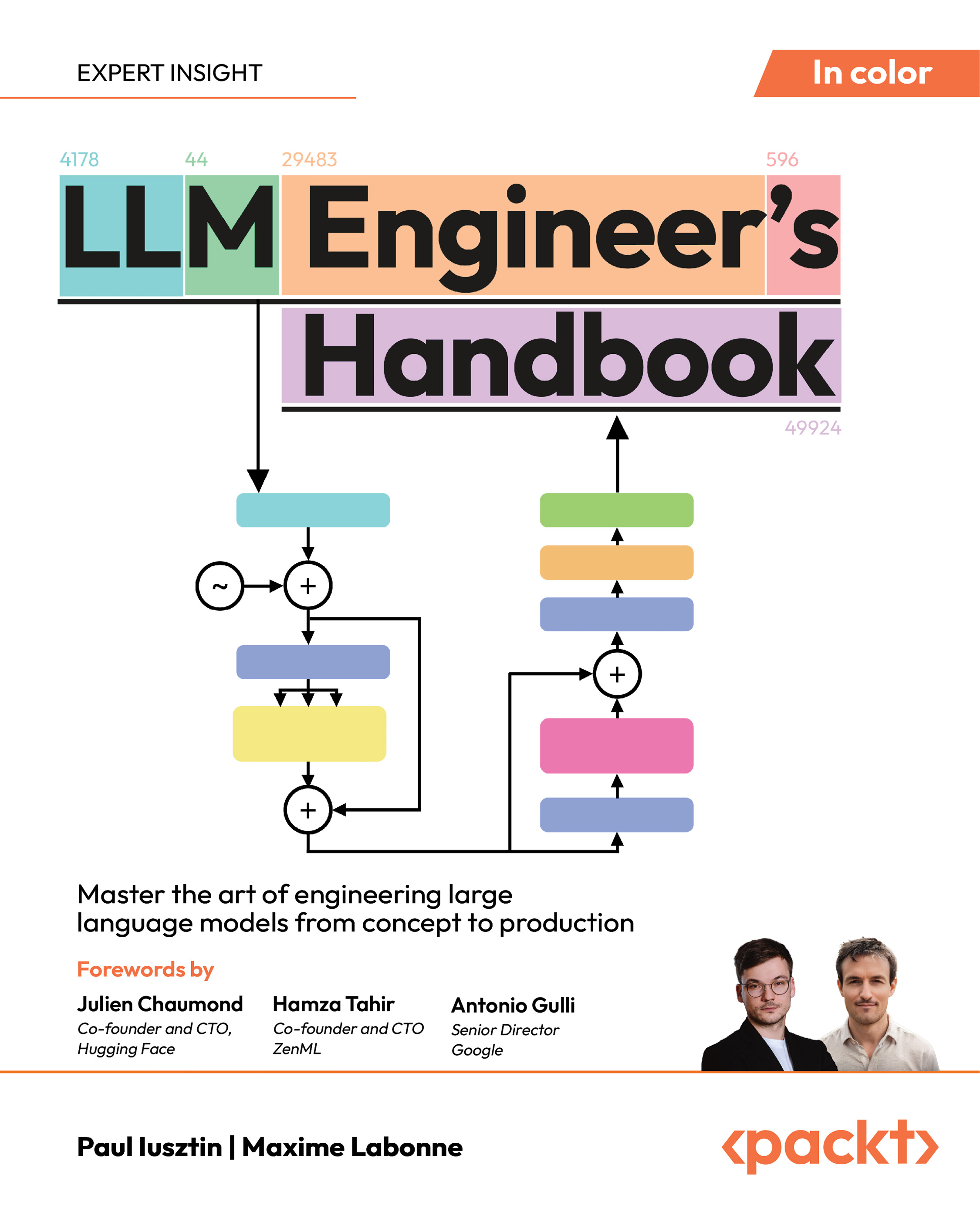Summary
This first chapter was critical to understanding the book’s goal. As a product-oriented book that will walk you through building an end-to-end ML system, it was essential to understand the concept of an LLM Twin initially. Afterward, we walked you through what an MVP is and how to plan our LLM Twin MVP based on our available resources. Following this, we translated our concept into a practical technical solution with specific requirements. In this context, we introduced the FTI design pattern and showcased its real-world application in designing systems that are both modular and scalable. Ultimately, we successfully applied the FTI pattern to design the architecture of the LLM Twin to fit all our technical requirements.
Having a clear vision of the big picture is essential when building systems. Understanding how a single component will be integrated into the rest of the application can be very valuable when working on it. We started with a more abstract presentation of the LLM Twin architecture, focusing on each component’s scope, interface, and interconnectivity.
The following chapters will explore how to implement and deploy each component. On the MLOps side, we will walk you through using a computing platform, orchestrator, model registry, artifacts, and other tools and concepts to support all MLOps best practices.
































































